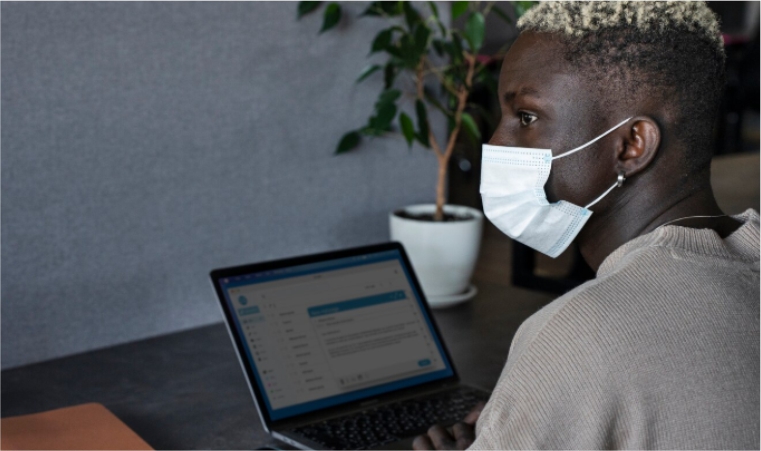The Power of Real-Time
Data in Ending Malaria

The Power of Real-Time Data in Ending Malaria
For decades, the fight against malaria has relied on traditional reporting systems, fragmented health records, and delayed surveillance. While these methods played a role in managing outbreaks, the world now understands a critical truth: real-time data is one of the strongest weapons we have in ending malaria for good. In a disease that spreads quickly and silently, time is everything. When information moves faster than the mosquito, lives are saved.
Real-time data transforms how malaria is detected, tracked, and controlled. Instead of waiting days or even weeks for paper-based reports to reach health facilities, digital tools allow symptoms, confirmed cases, environmental risks, and vaccination progress to be shared instantly. This shift from delayed reporting to immediate visibility allows health workers and programme managers to take urgent action closing gaps that previously cost lives.
One of the most powerful impacts of real-time data is rapid case detection. When a community member logs symptoms or a health worker records a positive diagnosis into a digital system, that information becomes instantly available to local health teams and national malaria programs. This timely notification allows for immediate follow-up, testing of nearby households, and targeted distribution of preventive tools such as treated nets or medication. Instead of responding to malaria after it spreads, intervention begins at the very first sign of danger.
Real-time data also strengthens environmental surveillance. Malaria thrives where mosquitos breed stagnant water, blocked drainage, waste buildup, or poor sanitation. Digital tools now allow volunteers and community members to submit geo-tagged reports showing exactly where risks exist. With location data, images, and timestamps, environmental teams can act quickly to eliminate breeding sites. This turns communities into active partners rather than passive observers, creating a culture of collective prevention.
In addition, real-time data enhances vaccination planning and community mobilization. By reviewing vaccination pre-registration numbers and turnout in real time, programme managers can identify underserved areas instantly. If a particular region shows low attendance or slow registration, mobilization teams can be deployed the same day improving coverage and strengthening immunity across the population.
At a broader level, real-time dashboards help national programs visualize patterns across regions. Hotspot mapping, trend analysis, and environmental alerts make it possible to see where malaria is rising, where it is declining, and where immediate attention is needed. Instead of relying on outdated statistics, leaders can make data-driven decisions grounded in what is happening right now.
This shift from slow systems to real-time intelligence is more than a technological upgrade it is a life-saving transformation. When communities understand that every report they submit can trigger immediate response, engagement rises. When health workers have instant access to reliable information, accuracy improves. And when governments can see the full picture in real time, policies become faster, smarter, and more targeted.
The mission to end malaria requires speed, precision, and unity. Real-time data provides all three. It bridges the gap between information and action, empowers communities to participate fully, and gives health systems the tools they need to outpace the disease.
In the journey toward a malaria-free Africa, real-time data is not just an advantage it is a necessity. It represents the future of malaria control: faster, smarter, and built on the power of immediate insight and collective response.


Add Your Comments